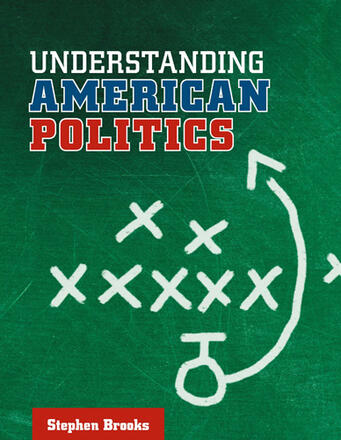
Understanding American Politics
Description
Too often the politics of the United States is taught in a way that ignores the rest of the world. Understanding American Politics takes a different approach than most standard introductory textbooks by situating the United States in a comparative context. The text weaves its analysis around the concept of American exceptionalism—not American superiority, but American difference—a concept that is at least as old as Tocqueville’s monumental study of American democracy. Brooks believes that it is only when we take seriously the values that make America exceptional that we can truly understand politics and governance in the United States. Offering up-to-date coverage of the institutions and processes of American politics (including the 2008 election), Brooks helps students consider how the rest of the world might view and appreciate Americans, their political systems, and their values.